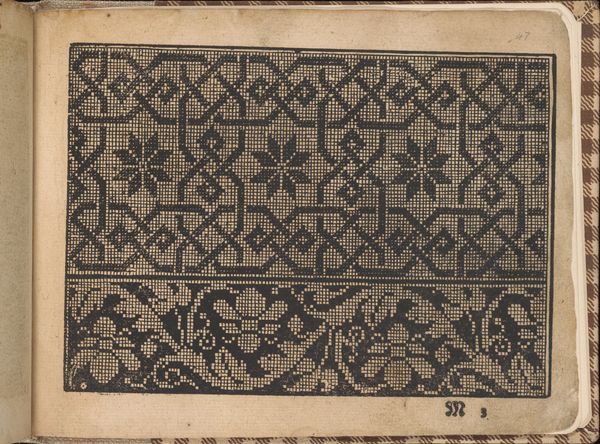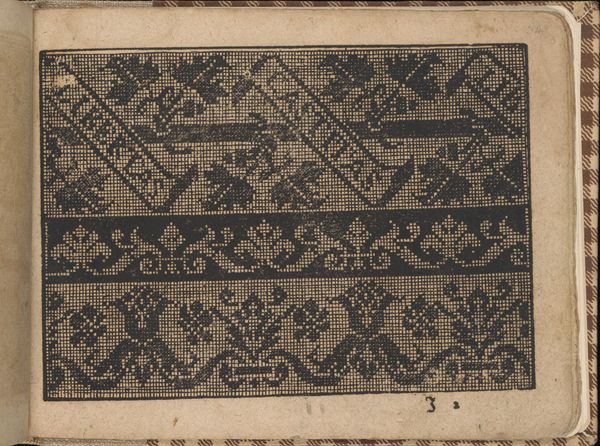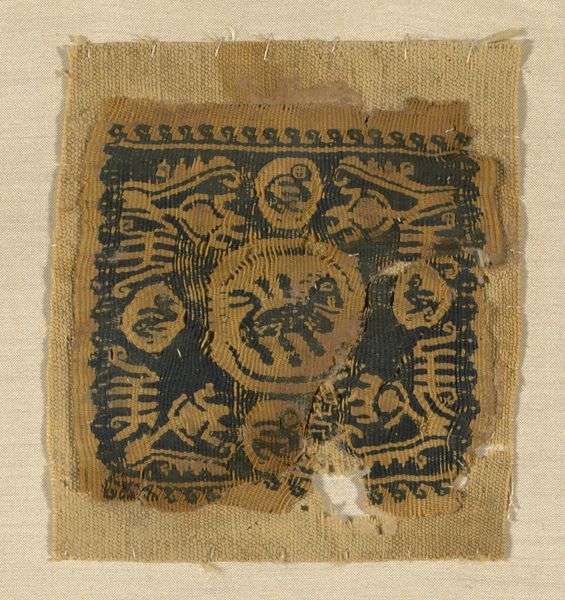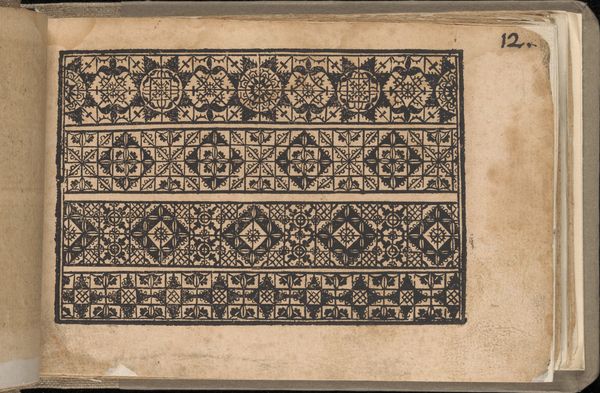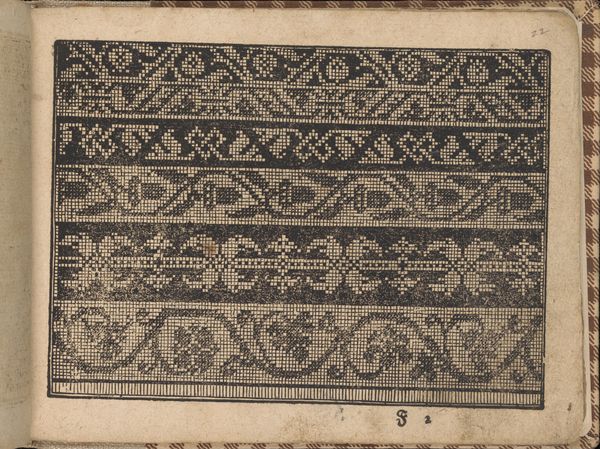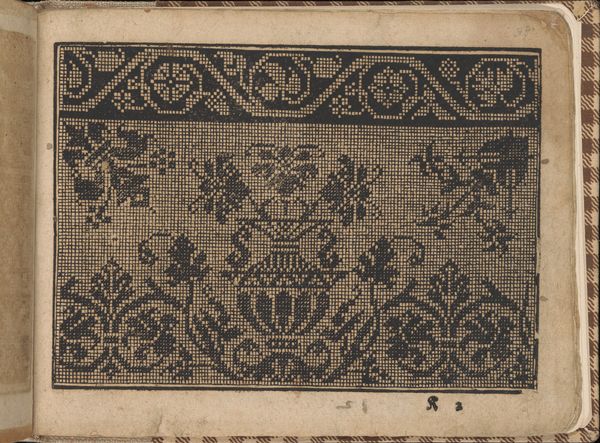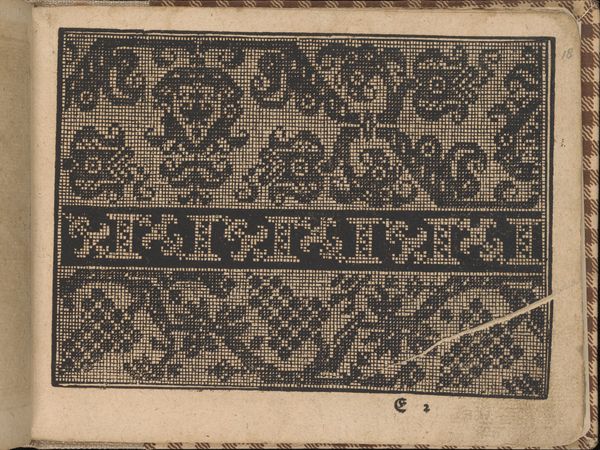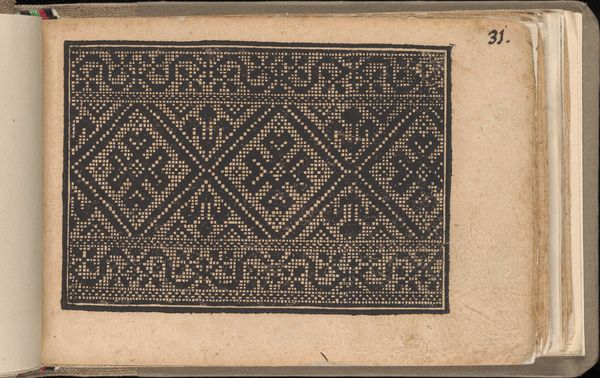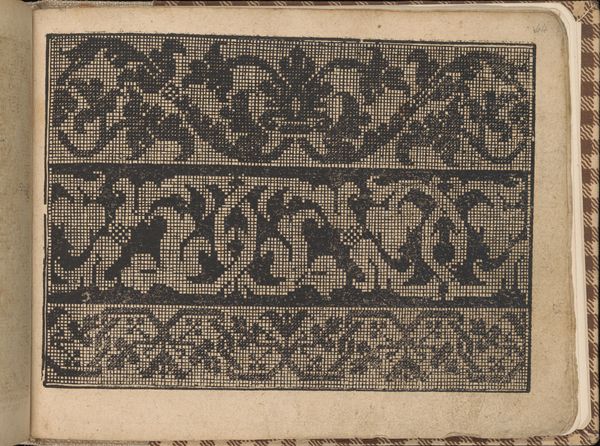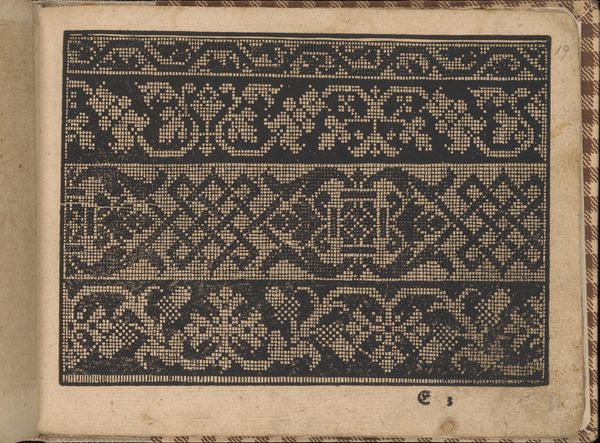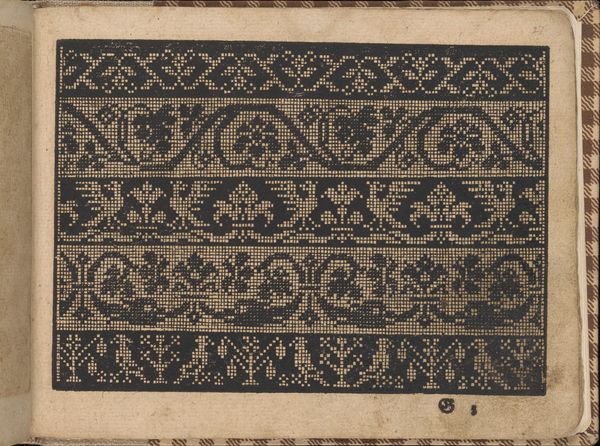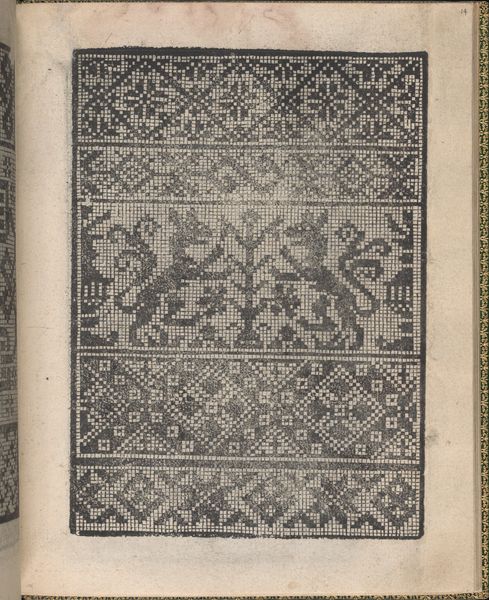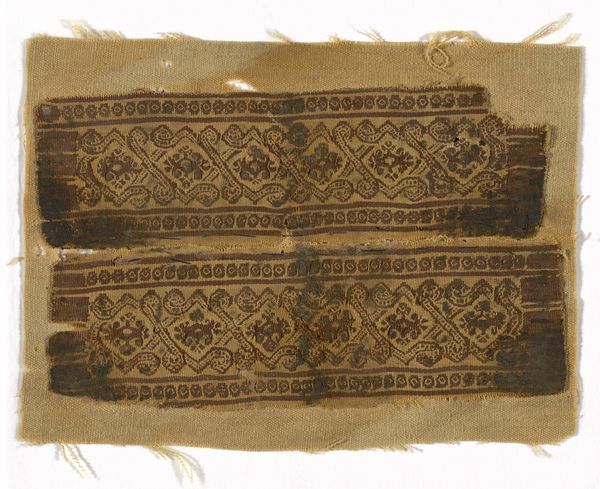
Square Arab period (641–969)/Fatimid period (969–1171), 9th/10th century
0:00
0:00
weaving, textile
#
weaving
#
textile
#
figuration
#
egypt
#
islamic-art
#
decorative-art
Dimensions: 24.1 × 24.1 cm (9 1/2 × 9 1/2 in.)
Copyright: Public Domain
This textile, woven by a Coptic artisan, is a square of undyed wool and dark blue or black dye. The patterns are created through tapestry weaving, a laborious process where colored weft threads are packed tightly over the warp, completely concealing them. This demanding technique results in a sturdy, dense fabric. Given the intricacy of the patterns here, with stylized figures and geometric shapes, it is safe to say that it would have taken considerable time and skill to produce. Looking at the cloth, it is important to consider that it was originally part of a larger whole, possibly a tunic or furnishing. It speaks of a society where textiles held significance far beyond mere utility, embodying cultural identity and artistic expression. The very act of weaving, with its rhythmic, repetitive motions, reflects broader social structures and the value placed on skilled handcraft. By focusing on the material and the making, we recognize the true depth of this ancient artwork.
Comments
No comments
Be the first to comment and join the conversation on the ultimate creative platform.
